What's the intuition for reading transistor/resistor circuits?
More precisely speaking, "reading" means "understanding" here. So, the question is, "How do we intuitively understand circuits?"
What understanding is
But what does it mean to understand a circuit? For this it is not enough just to see that, for example, "when T1 is on, T2 is off, etc.", ie. only to establish concrete facts. To understand a circuit, first at all means to see the basic idea, the concept behind this mixture of components. If you fail to do so, as they say, you "will not see the forest for the trees"... you will not understand what you have understood...
You have correctly pointed out intuition as a means of understanding circuits. Also add imagination, common sense, analogies, emotions... and, of course, accumulated previous knowledge... and you will have everything you need to understand circuits. Then, when you decide to implement the circuit, besides these "qualitative means", you will need "quantitative means" for its calculation and a lot of "details"... but at this stage you do not vitally need them.
How to understand circuits
We begin with looking for something known - more elementary circuit building blocks (subblocks) and basic ideas (concepts). Let's do it with your circuit...
Scenario 1
Regulating element. The first thing we can notice in your circuit is that the transistor T2 is connected in series to the LED with its collector and emitter; so it regulates the current through the LED like a variable resistor (rheostat).
Current-to-voltage converter. Then we notice that the LED current I flows through the resistor R; so the voltage drop across it is proportional to the current - VR = I.R. Yeah, we conclude, so the resistor is inserted in the emitter to convert the current into voltage. Thus we recognize the next circuit building block - a passive current-to-voltage converter.
Another current-to-voltage converter. Encouraged by our success, we continue... and find another resistor (2.2 k) acting as the same current-to-voltage converter but now inserted in the collector. Obviously, its role is to convert T1 collector current variations into voltage variations...
Common-emitter stage. So, we think, the combination of the transistor T1 and the collector resistor of 2.2 k is the well-known common-emitter stage...
Common collector stage. … that controls another famous transistor configuration - the common collector stage (emitter follower) T2.
Negative feedback. The two amplifier stages connected in a circle lead us to think that there is negative feedback here. Let's see if that is the case...
To maintain a constant current through the LED means the transistor T2 to maintain a constant voltage across the resistor R. We see the voltage VR is compared with T1 threshold voltage of 0.7 V and amplified by T1 that controls T2 so as to keep VR constant. For example, if the LED current decreases for some reason, VR decreases as well. T1 increases its collector voltage and T2 increases the LED current. Yeah, sure... that is the great principle of negative feedback.
Scenario 2
Emitter follower. With the same success, we can recognize in T2 an emitter follower keeping up a constant voltage across a constant resistor R… so the current is constant as well.
For this purpose, this emitter follower should be driven by a constant (reference) input voltage. We know it should be obtained across some diode… but we do not see such a diode here… we see a transistor (T1). What the hell is this?
Widlar's idea. We notice the T1's behavior is very interesting. Since about 0.7 V is lost across the T2 base-emitter junction, the negative feedback forces T1 to raise its collector (T2' base) voltage up to 1.4V to keep about 0.7 V at its base. This is how we see the brilliant Widlar's idea here.
Scenario 3, 4 ...
In this way, we continue to look for new points of view...
What's a step by step way of thinking about the flow of electrons in such a circuit?
For the purpose of intuitively understanding circuits, you need a most general idea of electric current as something that flows under the influence of something like pressure... and encounters something like obstacle along the way. And what is extremely important (but underestimated) is WHERE the current flows.
Each current starts where the "pressure" is highest (the positive source terminal) and returns where the "pressure" is lowest (the negative source terminal); so its path is a closed line (loop). That is why, I always draw current paths as full loops in green (association with water flow). Here's an example of what your circuit looks like with visualized currents:

Conclusion
I understand very well that for you this is a difficult way to understand such a "simple" circuit of only two resistors and two transistors... simply because it requires a lot of previous experience. But I wanted to show you what true understanding means and how different it is from the literal "reading" of circuit diagrams. I hope this will stimulate you in the future to strive for true understanding...
Resources
Here are some of my resources about the circuit philosophy:
How to understand, present and invent electronic circuits (Flash content, needs a Ruffle extension to the browser)
Analog electronics 2004
Circuit stories on the whiteboard
Analog electronics 2008
Circuit idea wikibook
Circuit stories is my blog



